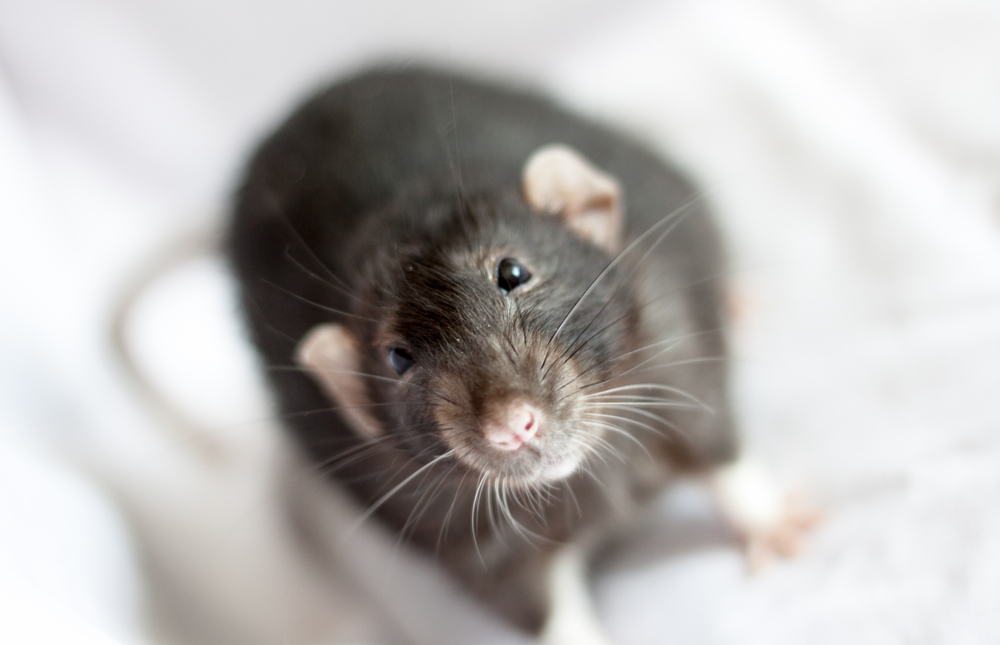Heparan Sulfate Accumulation May Alter Sulfur Metabolism in Sanfilippo Type B, Mouse Study Suggests

The accumulation of heparan sulfate in Sanfilippo syndrome type B can alter sulfur metabolism in the body, which seems to be sex- and organ-specific, a mouse study suggests.
The study, “Effect of glycosaminoglycans accumulation on the non-oxidative sulfur metabolism in mouse model of Sanfilippo syndrome, type B,” was published in the journal Acta Biochimica Polonica.
Sanfilippo syndrome type B, also referred to as mucopolysaccharidosis type IIIB (MPS IIIB), is caused by mutations in the NAGLU gene. This results in the deficient production of the NAGLU enzyme that, in turn, leads to the toxic accumulation of long complex sugar molecules called heparan sulfate.
Heparan sulfate is a member of the glycosaminoglycans (GAGs) family, a type of sugar with various roles in the body.
GAGs are highly sulfated — that is, the element sulfur is a major component of them. As such, their accumulation and likewise their degradation could conceivably affect sulfur metabolism throughout the body. However, whether an accumulation of GAGs affects sulfur metabolism in general in MPS IIIB has not been extensively studied.
Researchers addressed this question by comparing mice that had been engineered to lack a functional NAGLU gene — which models MPS IIIB — with healthy mice used as controls.
The team analyzed liver, kidney, heart, and spleen tissue from these mice. They noted several differences in the levels of important sulfur-related compounds.
For instance, the amino acid cysteine is an important component of many proteins that contains sulfur. The researchers found that mice with NAGLU mutations tended to have higher cysteine levels in their organs, though there was some variability from organ to organ and between male and female mice.
Cysteine levels in the mice’s livers were two times higher in female mice and 1.8 times higher in male mice, compared with the healthy mice. The same was observed for the heart (1.2 times higher in females and 1.1 times higher in males) and in the spleen (1.6 times higher in male animals only).
The particular selection of the heart “was associated with the low GAGs accumulation in this tissue as compared to [other] tissues,” such as the liver or kidney, the researchers said.
Additionally, there were a few variations in the levels of sulfanes (molecules with sulfur atoms that are bonded to each other) and in the activity of certain enzymes known to play a role in sulfur metabolism — though again, there was significant variability among different organs and between the sexes.
For example, rhodanese is an enzyme that helps regulate sulfur through a variety of mechanisms. The researchers found that rhodanese activity was significantly higher in the hearts and spleens of male MPS IIIB mice compared with those organs in healthy mice, but there was no significant difference among other organs or in female mice.
These results show that accumulation of incompletely degraded GAGs in certain tissues contributes to increasing cysteine levels in the livers and hearts of both female and male Sanfilippo type B mice and in the spleens of male mice. This, in turn, may result in changes in sulfur metabolism.
Further research will be needed to further understand the molecular mechanisms underlying these variations, and to understand what the downstream biological consequences of this abnormal sulfur metabolism might be, as well as to further understand the sex-based differences.






